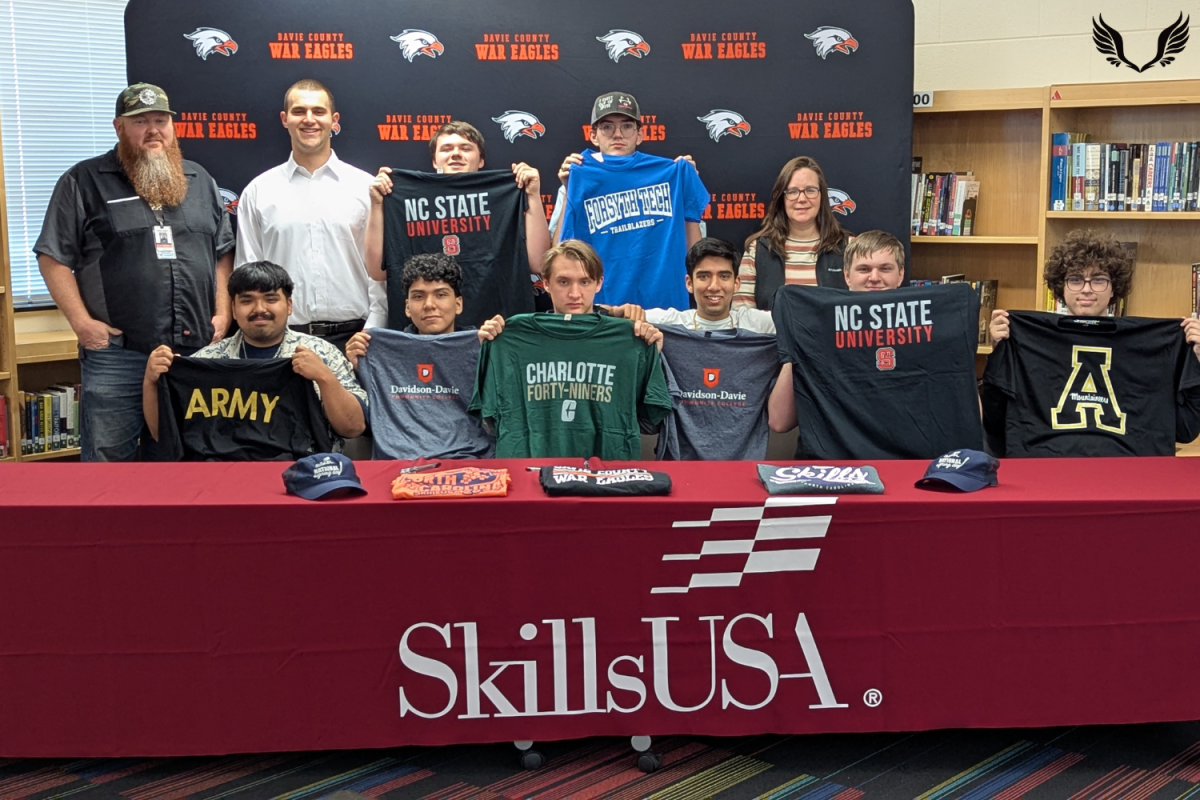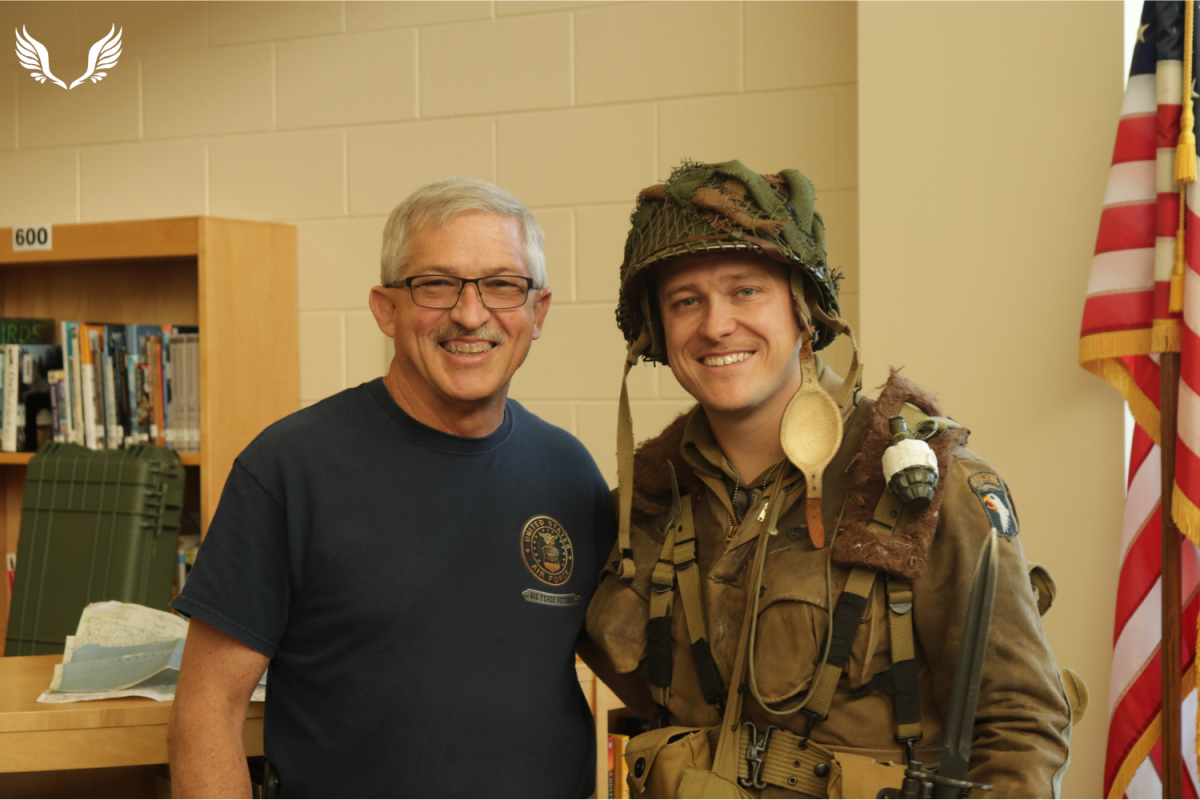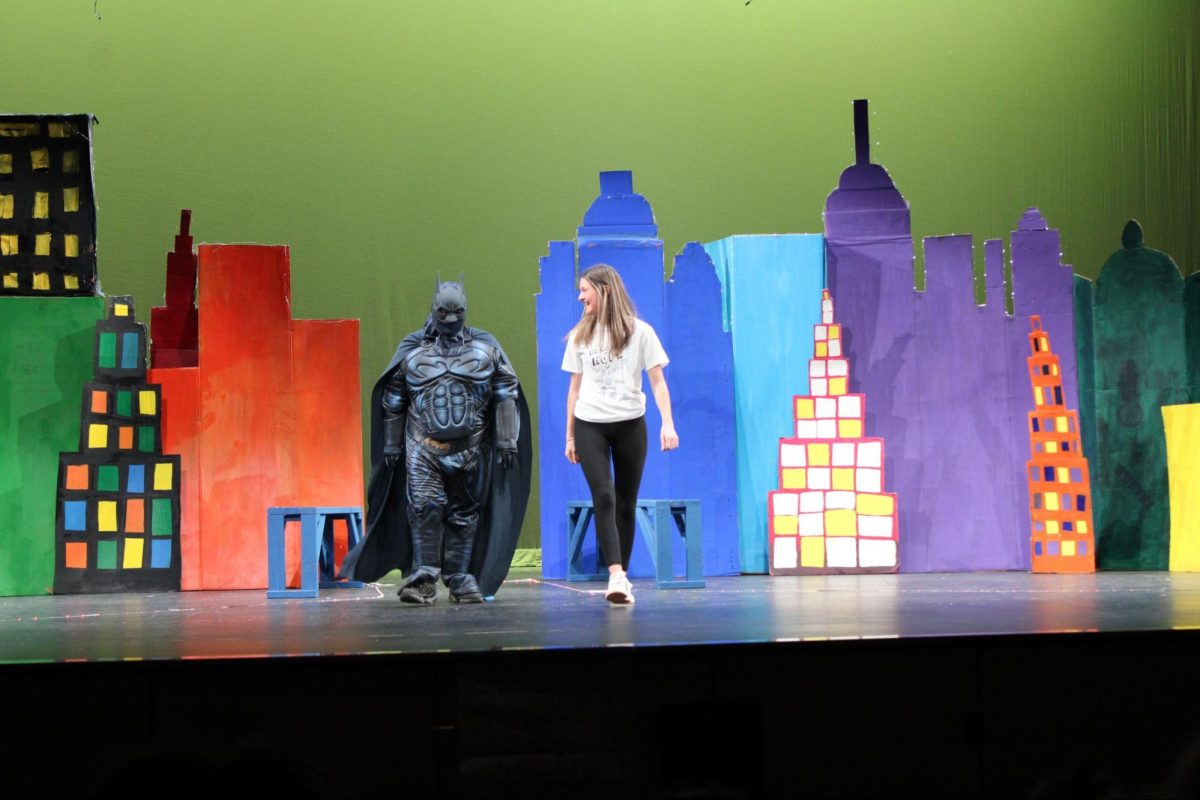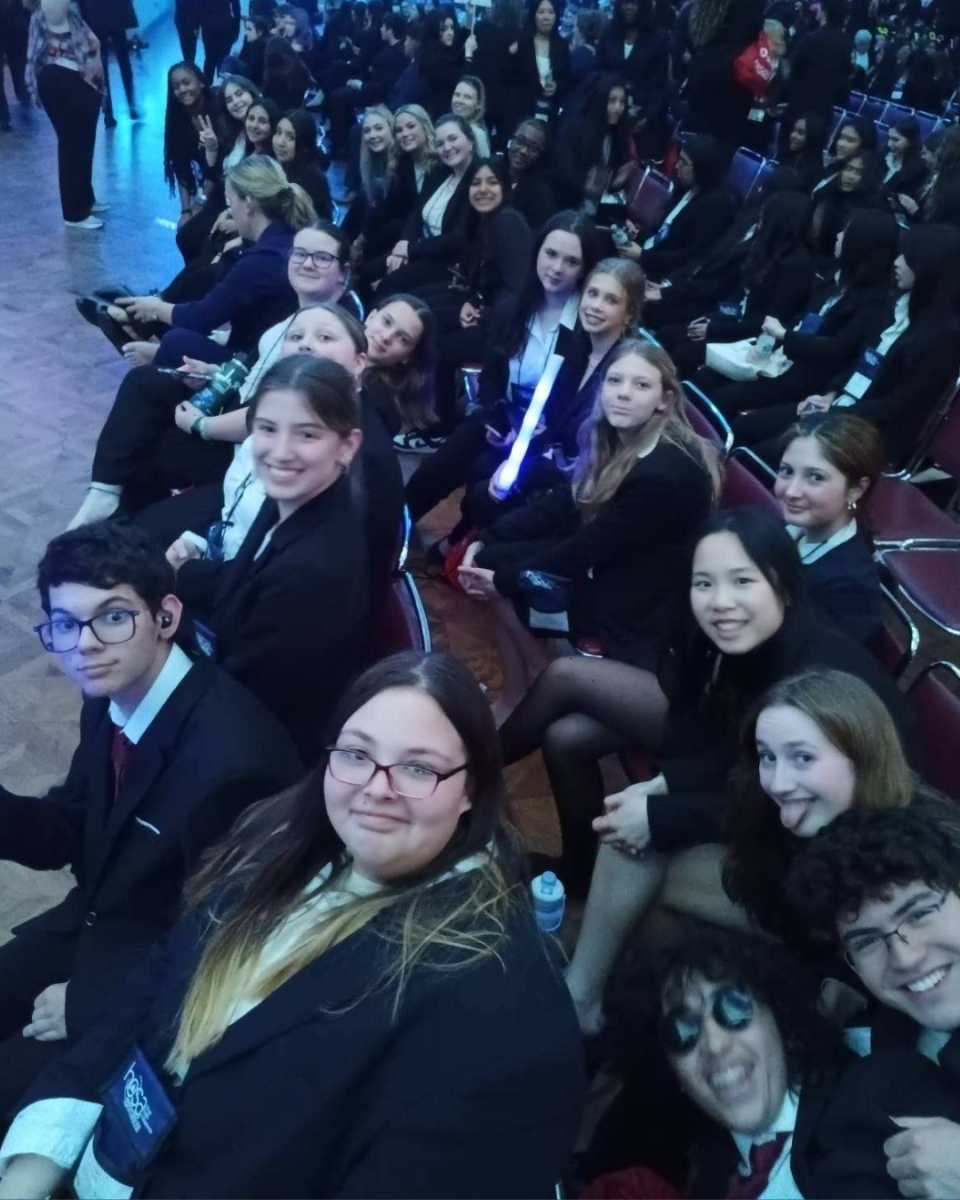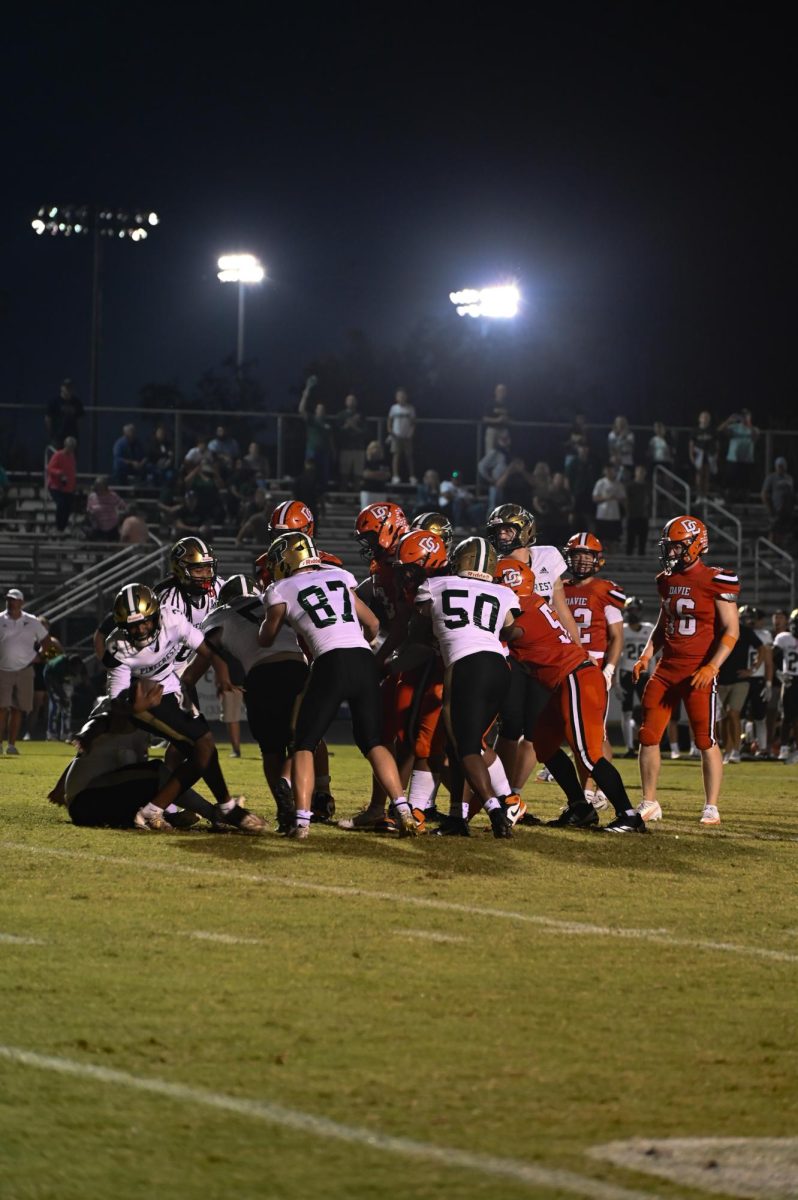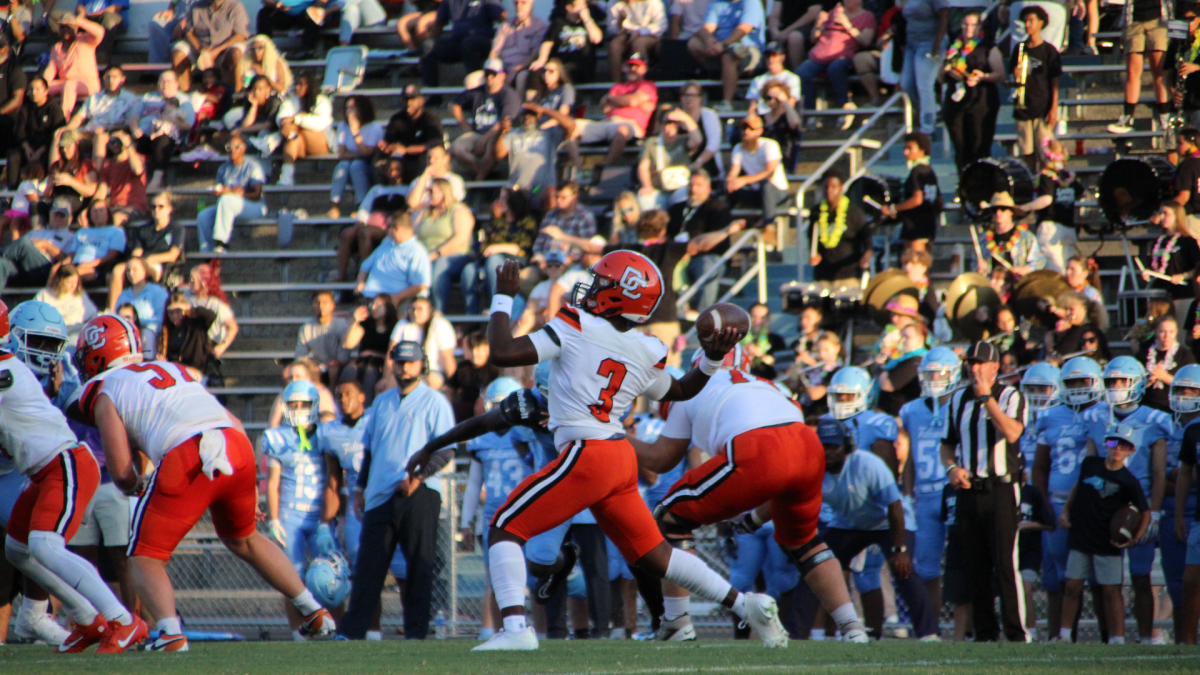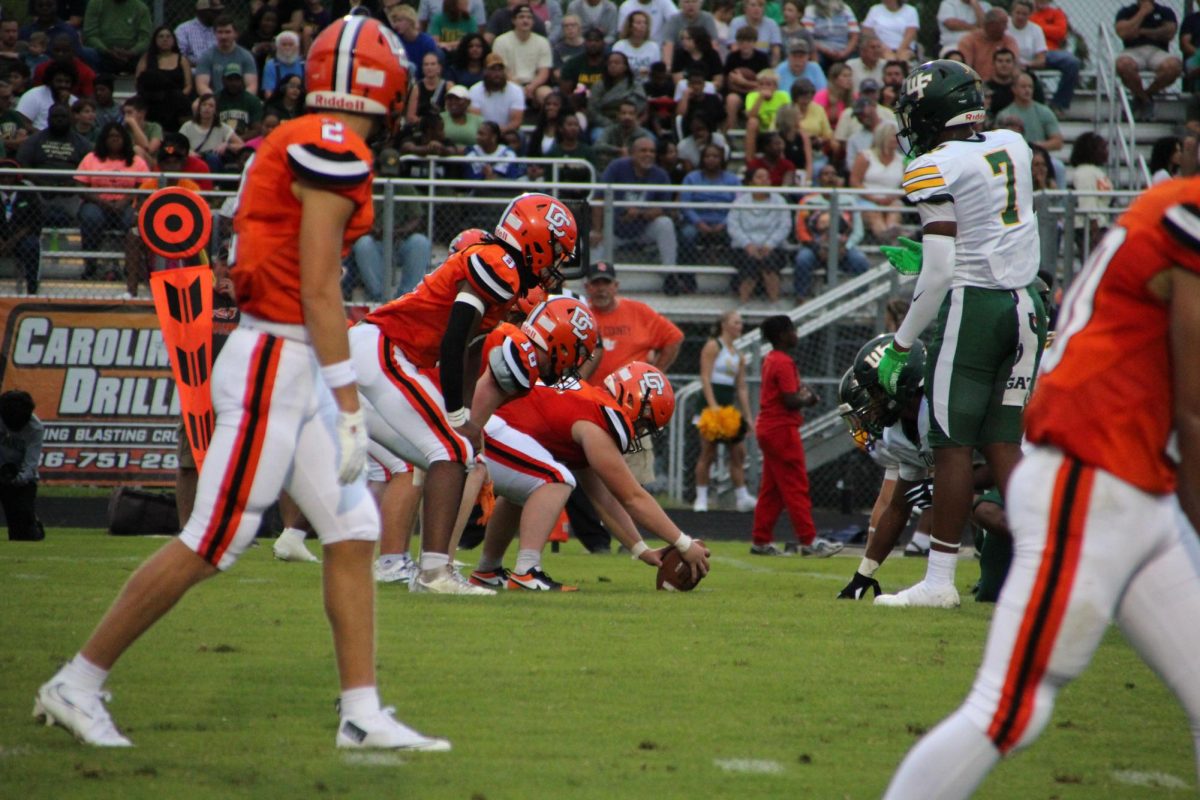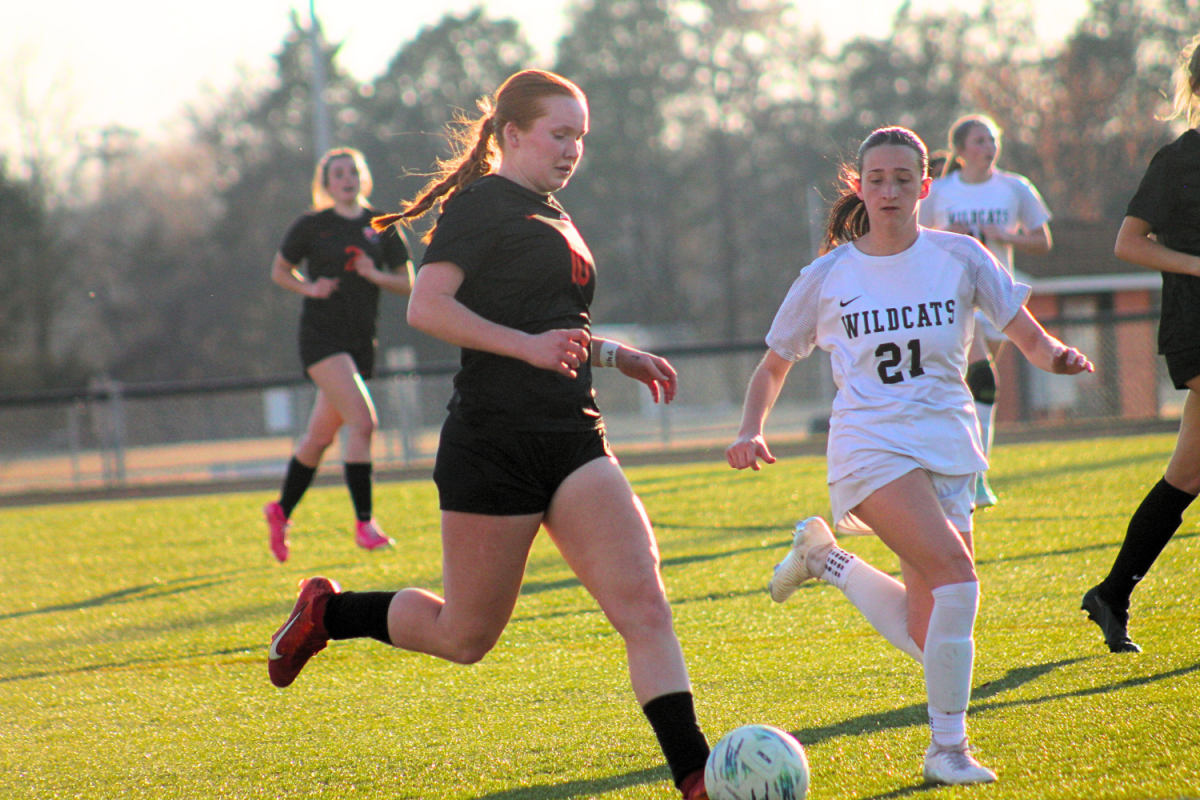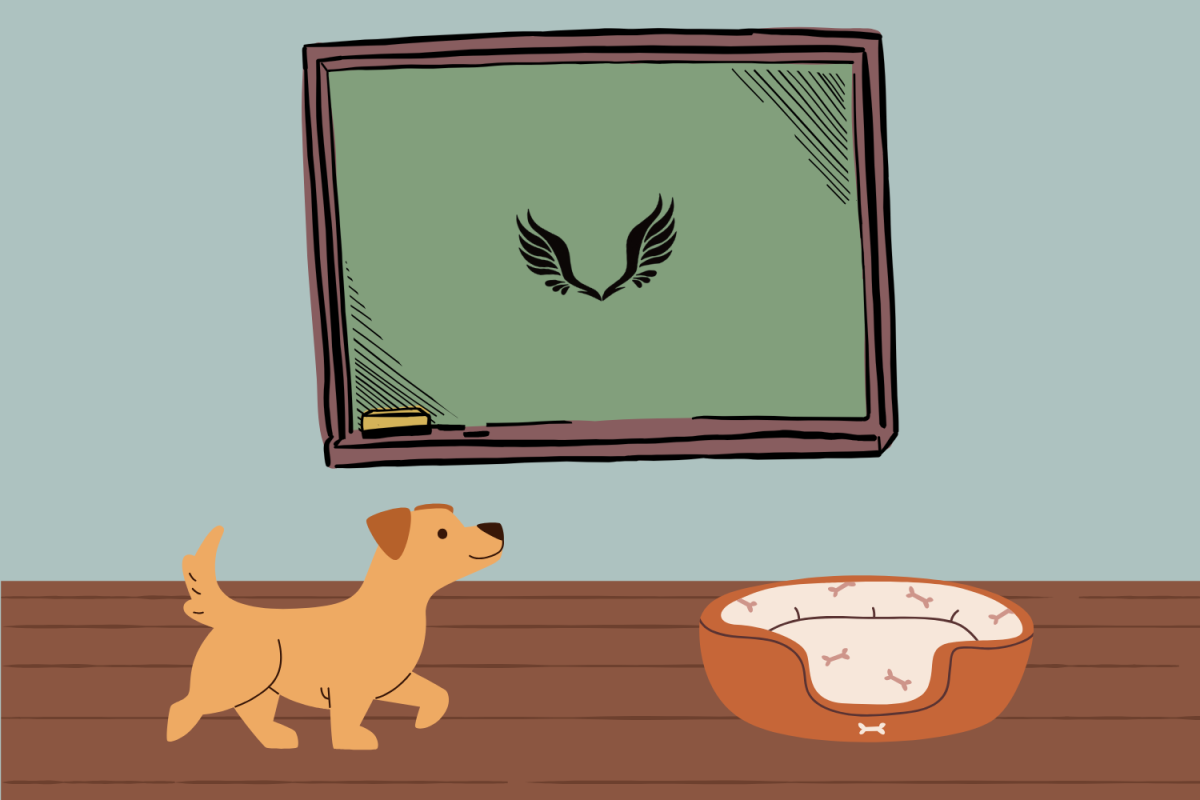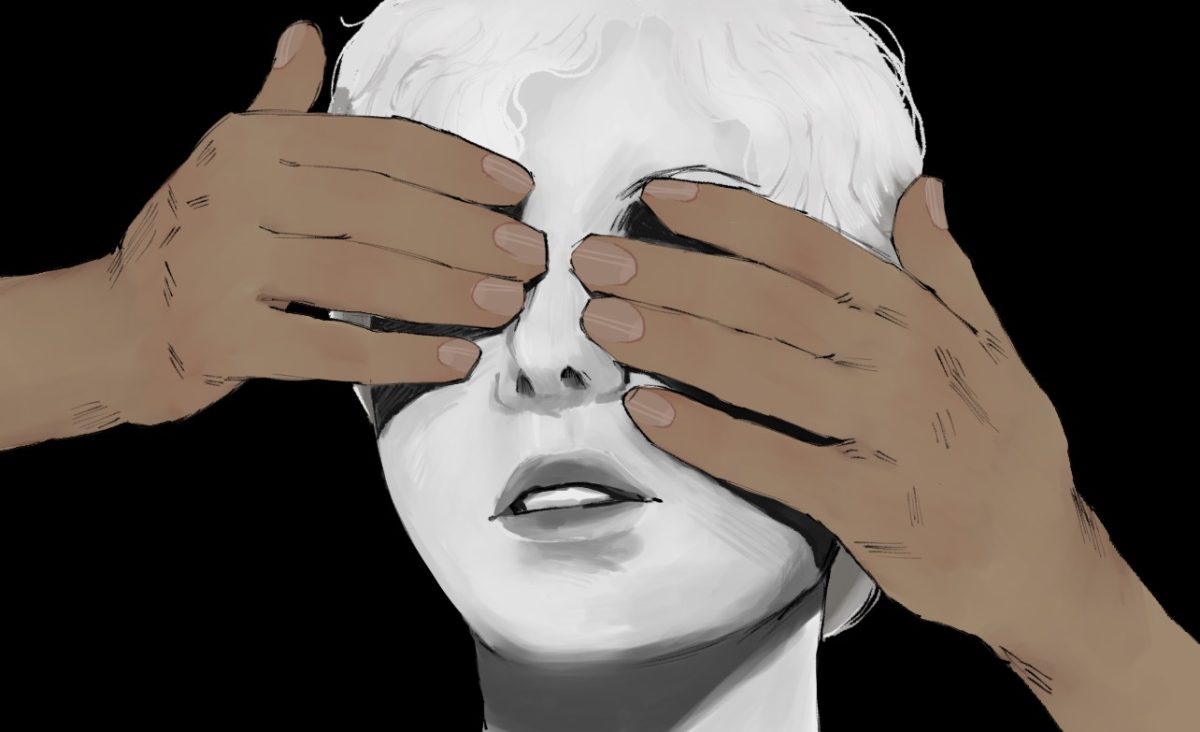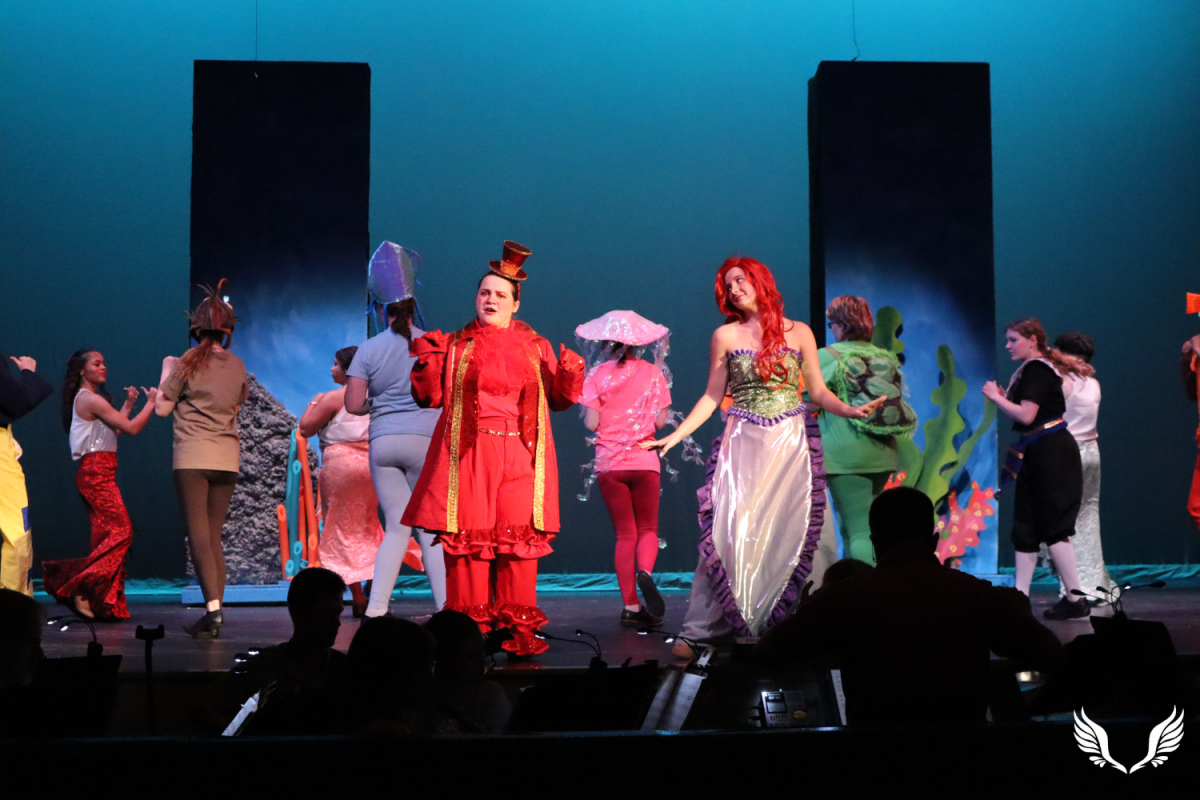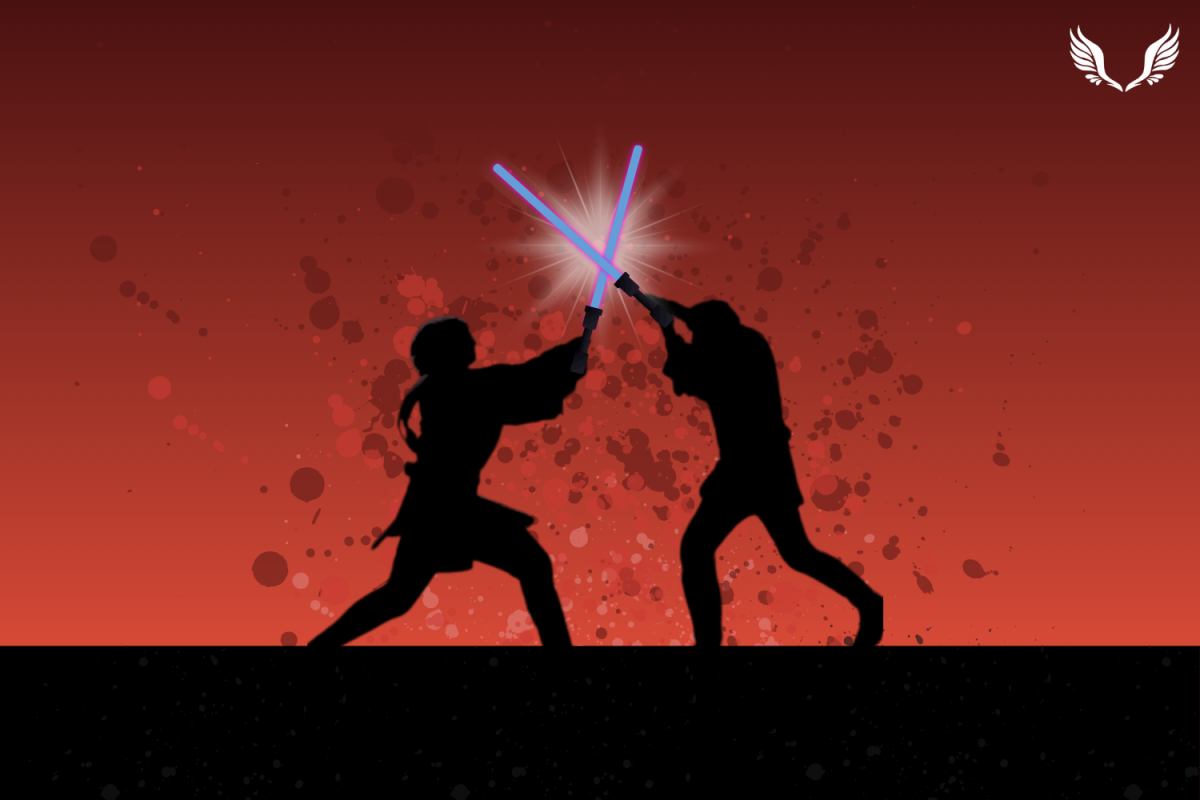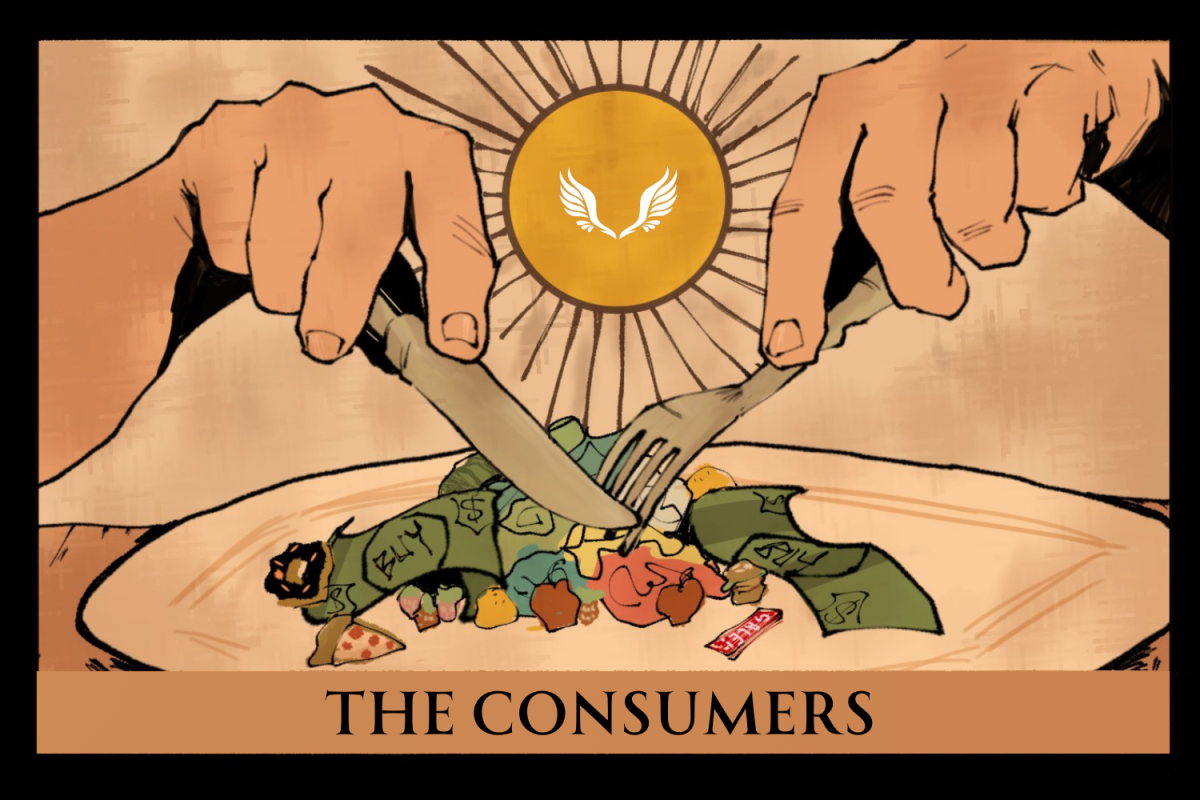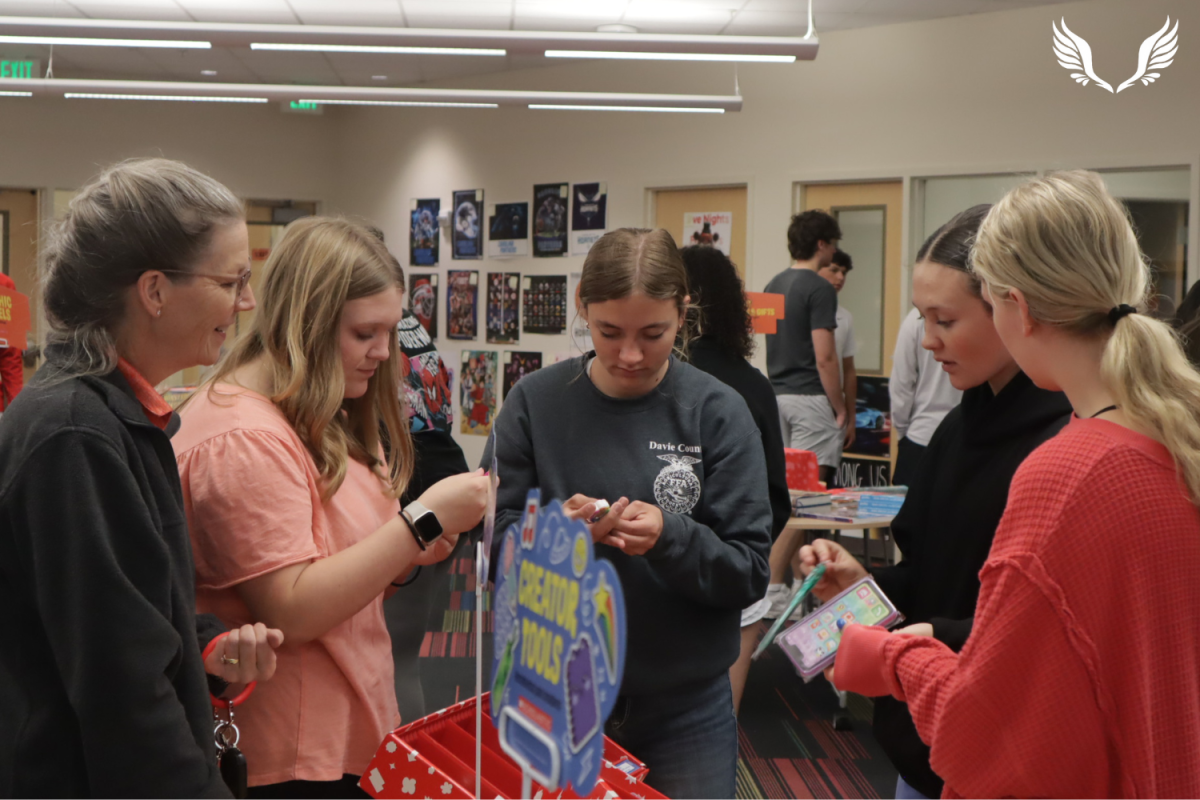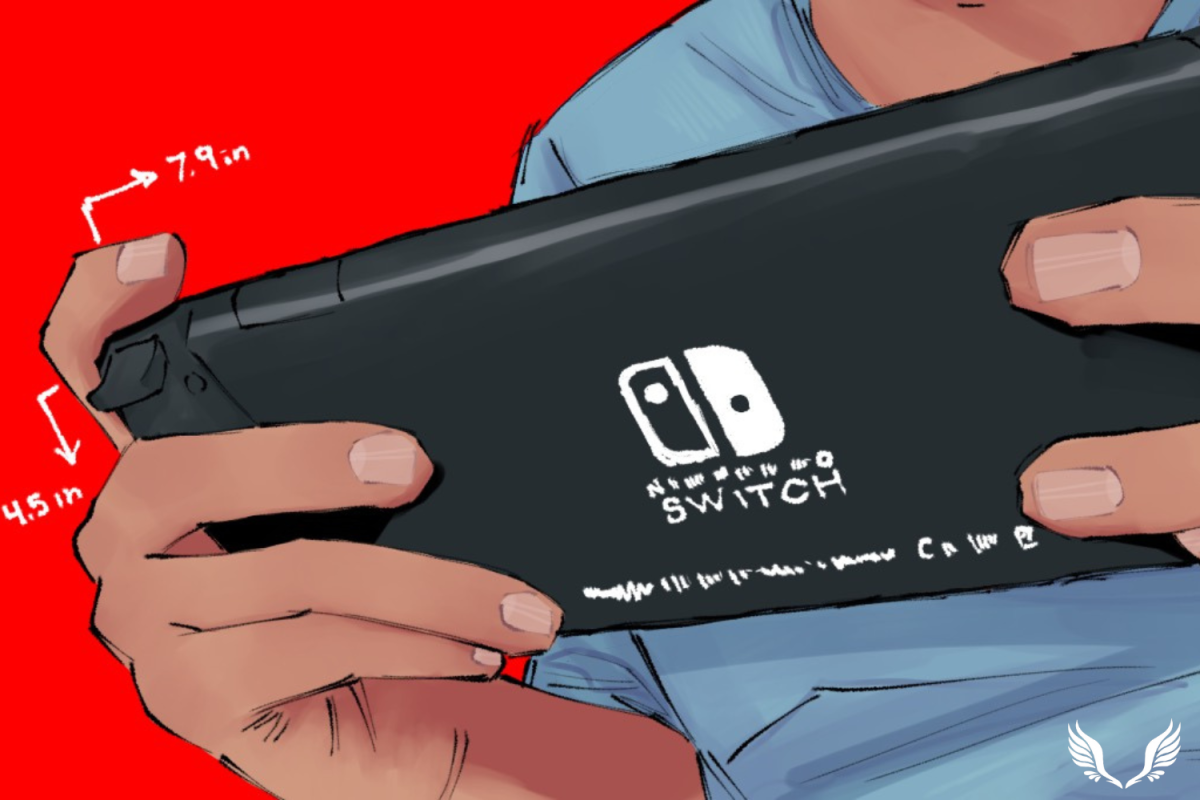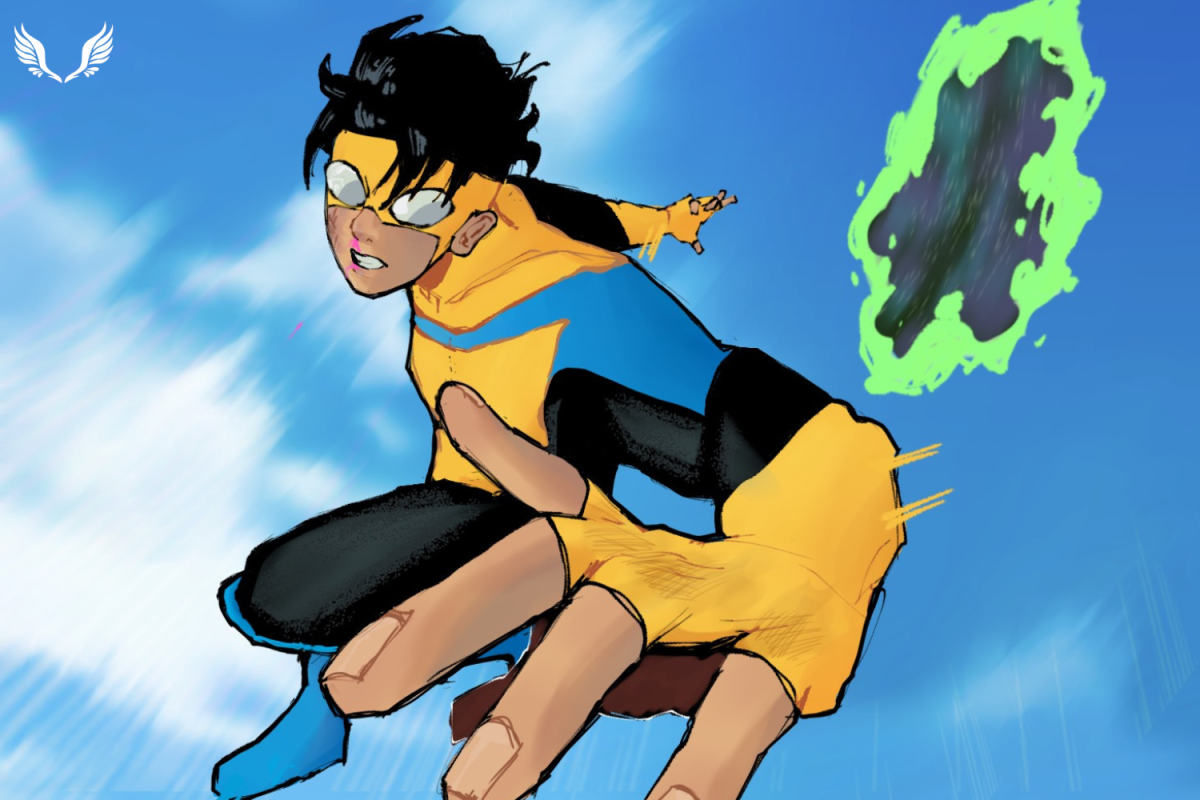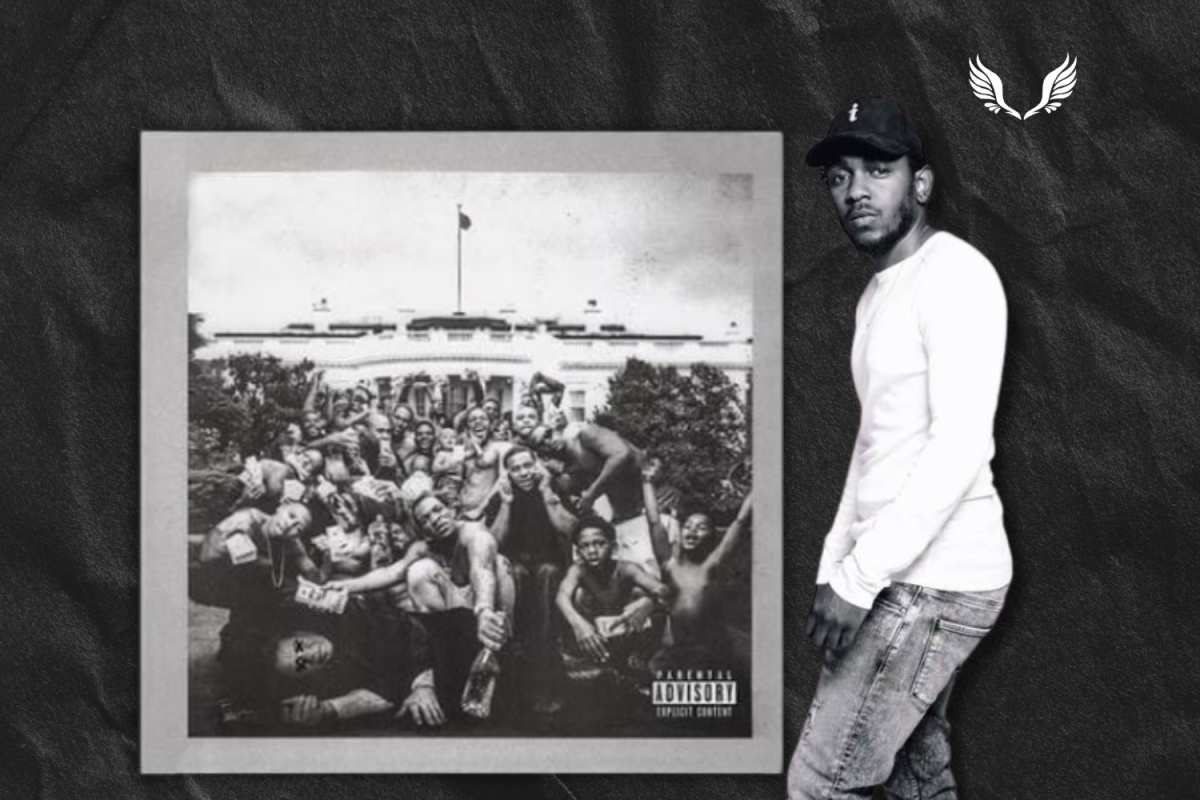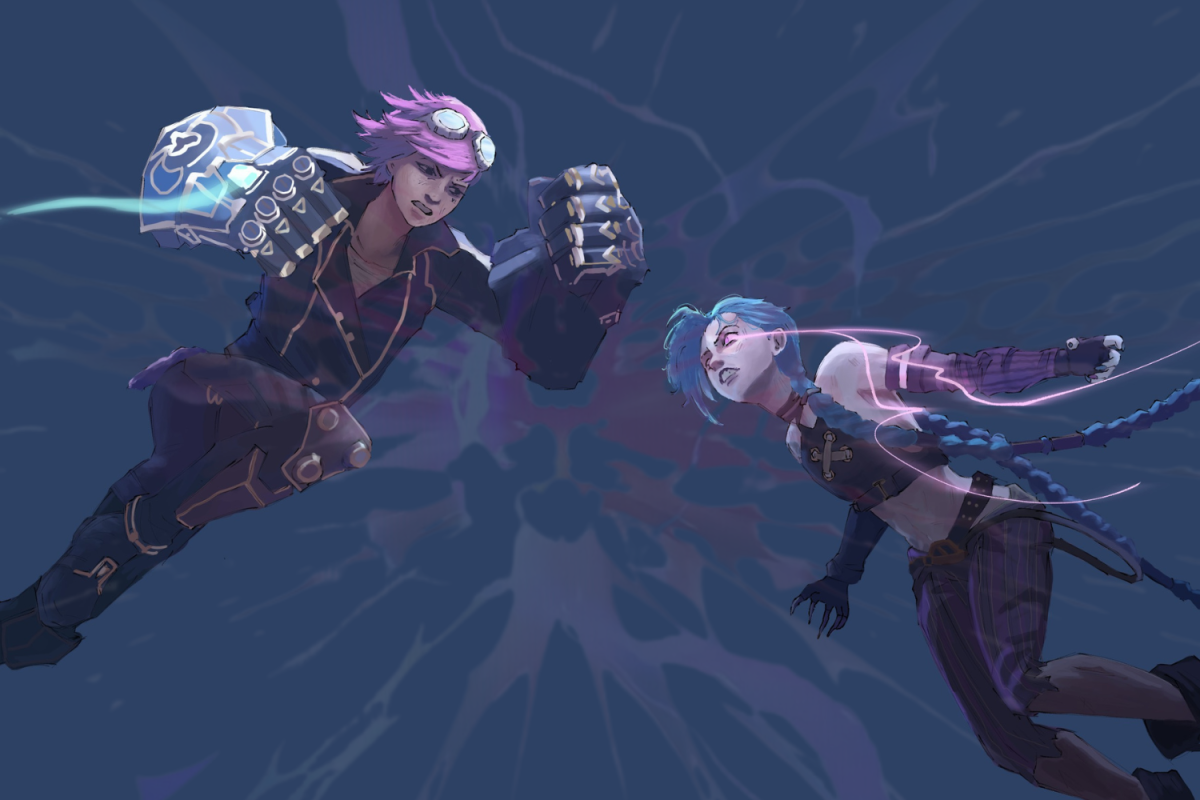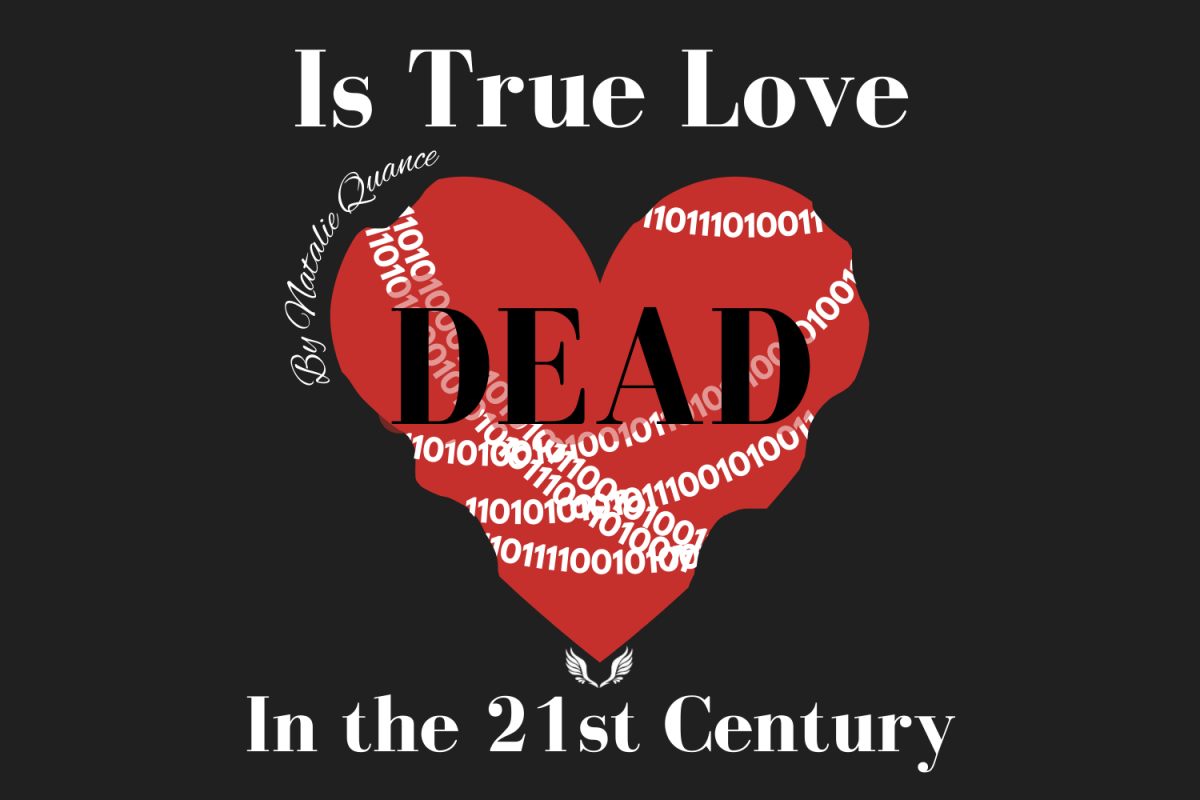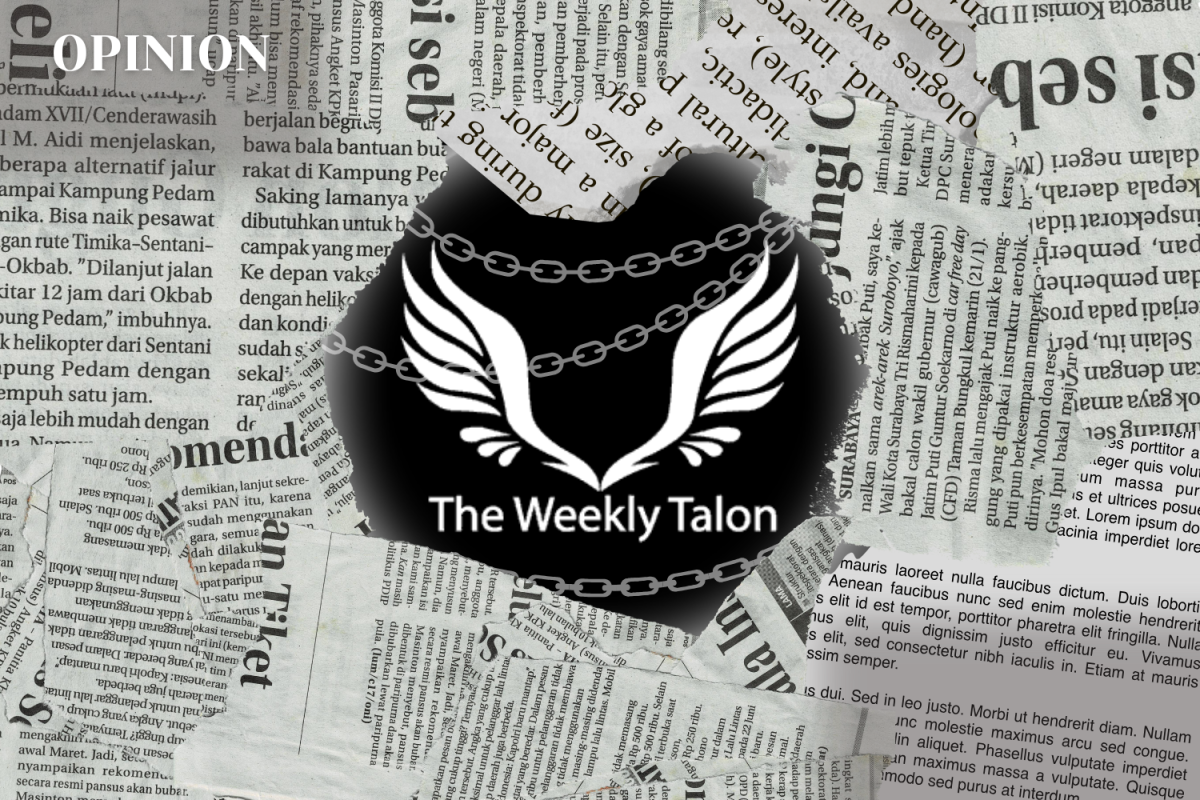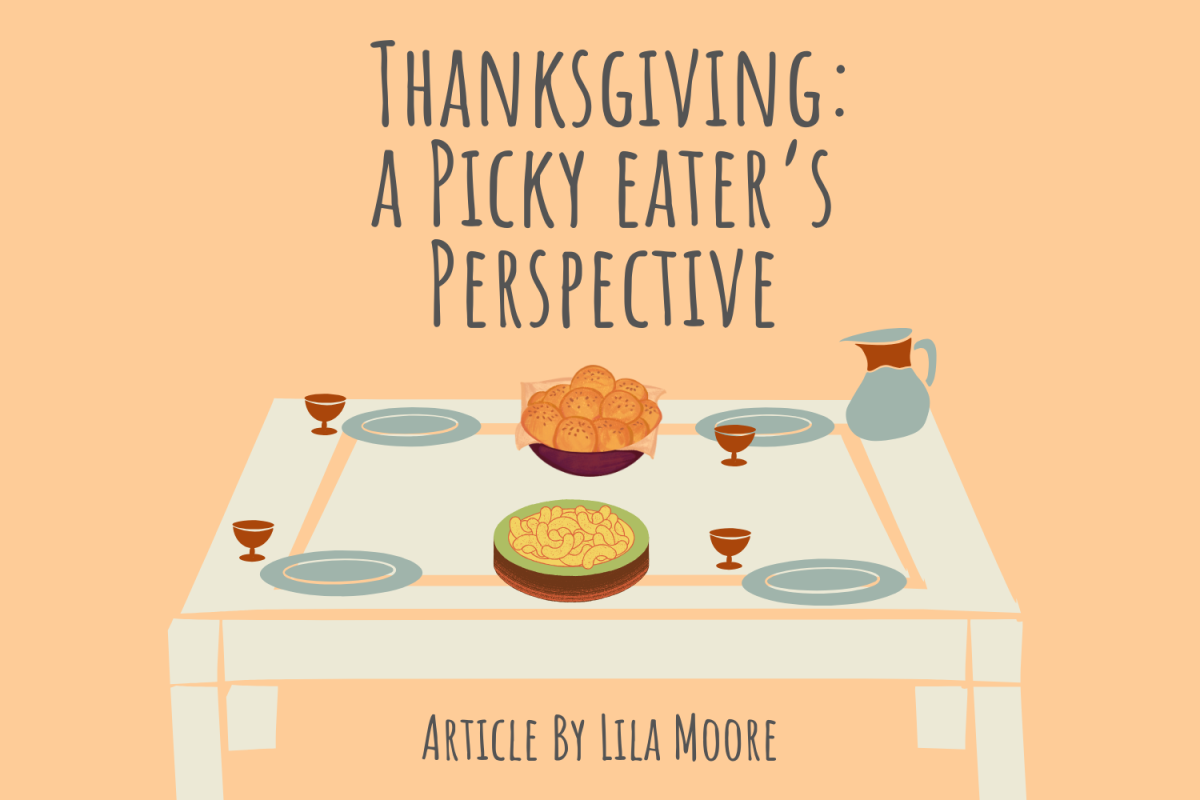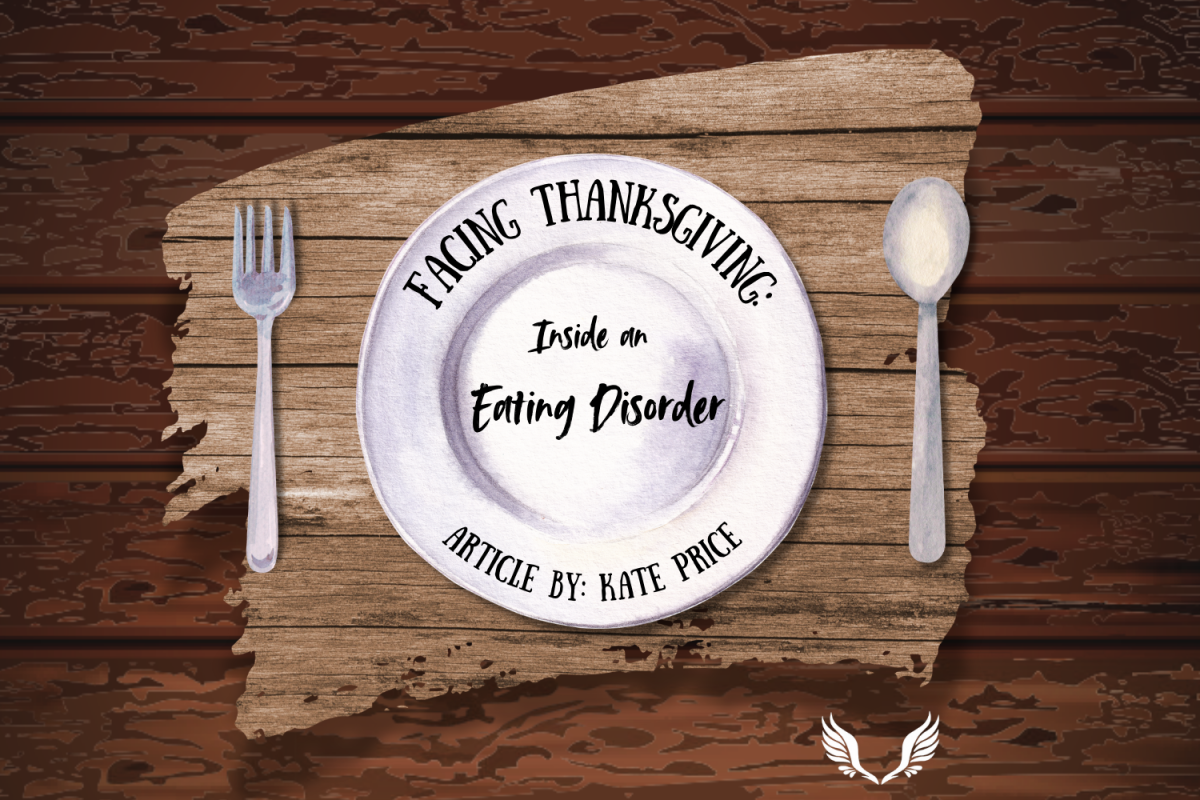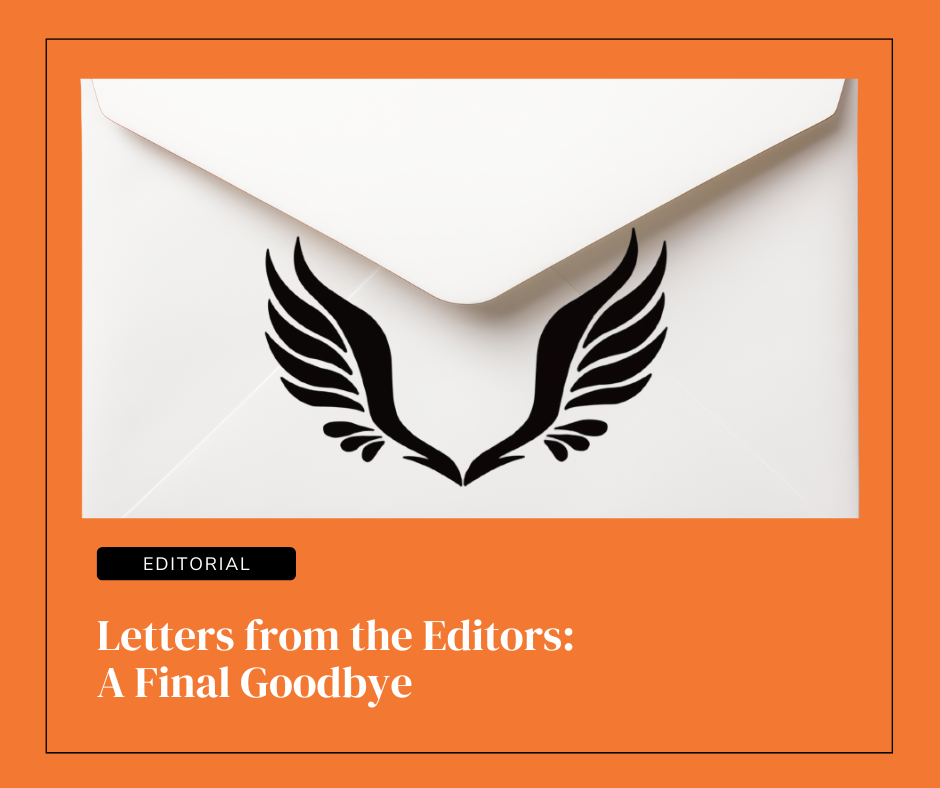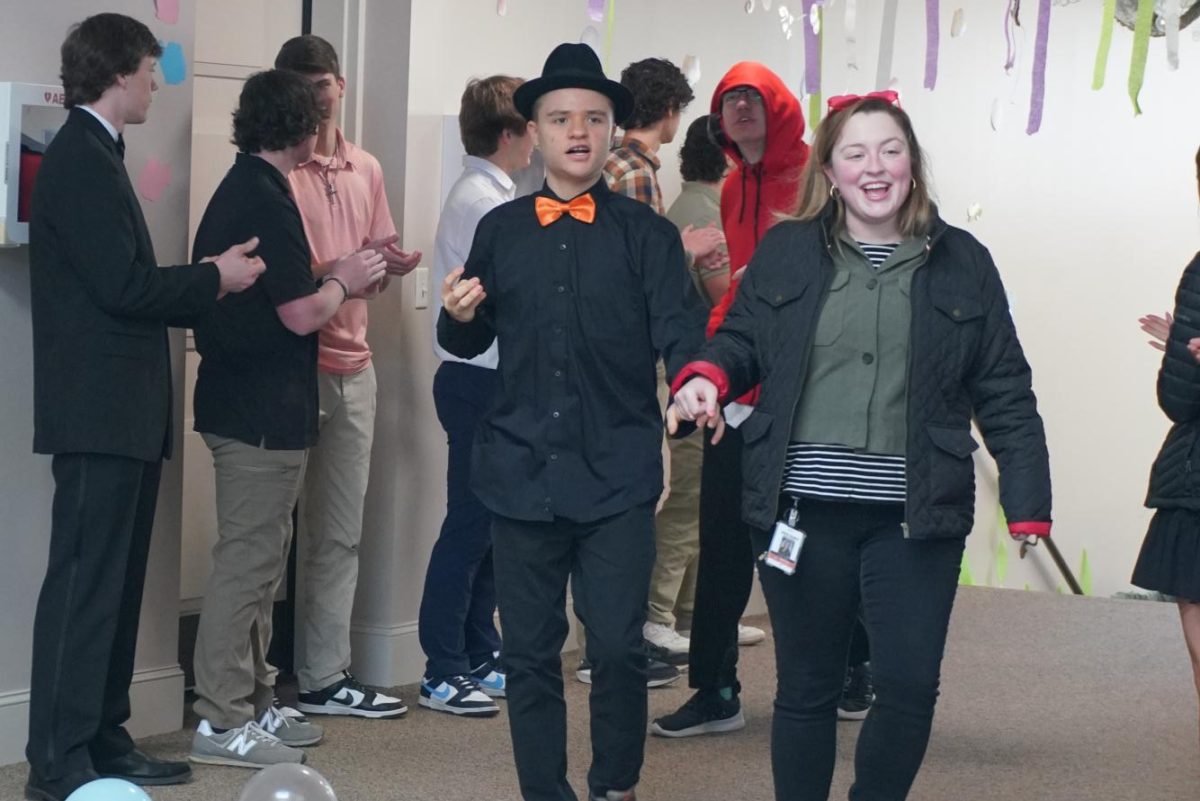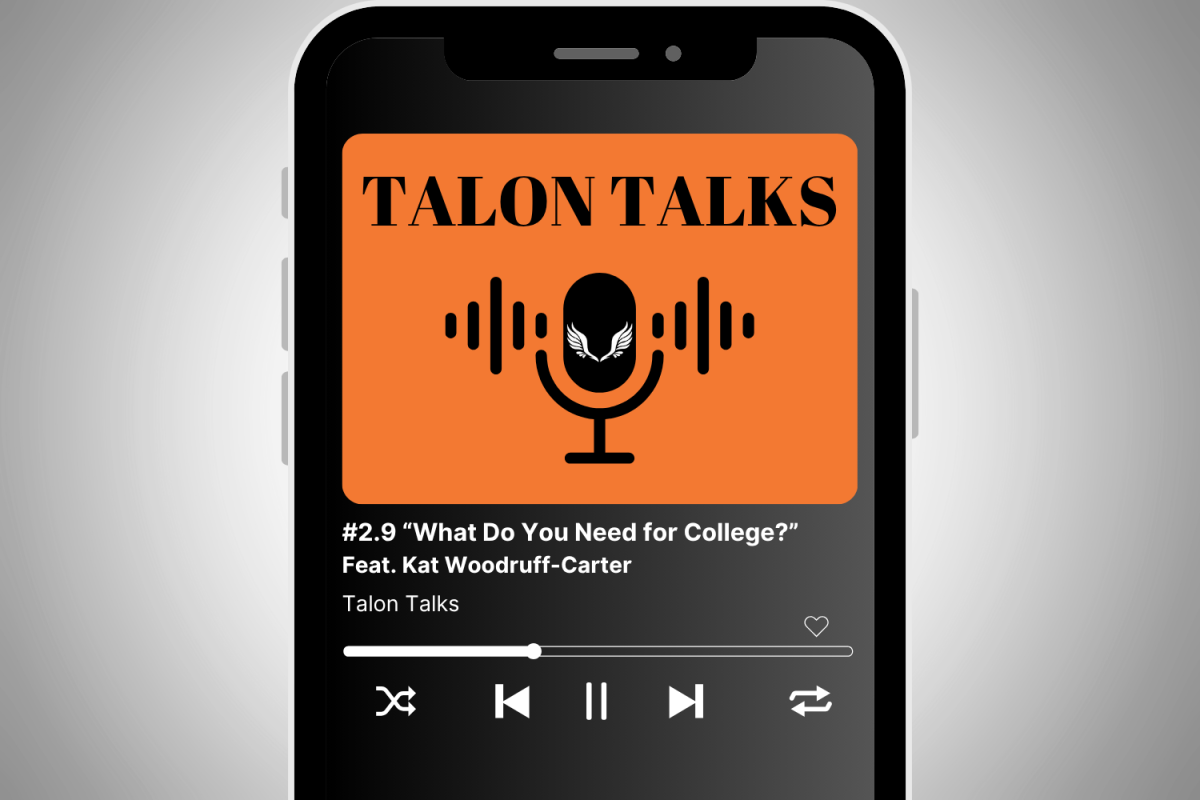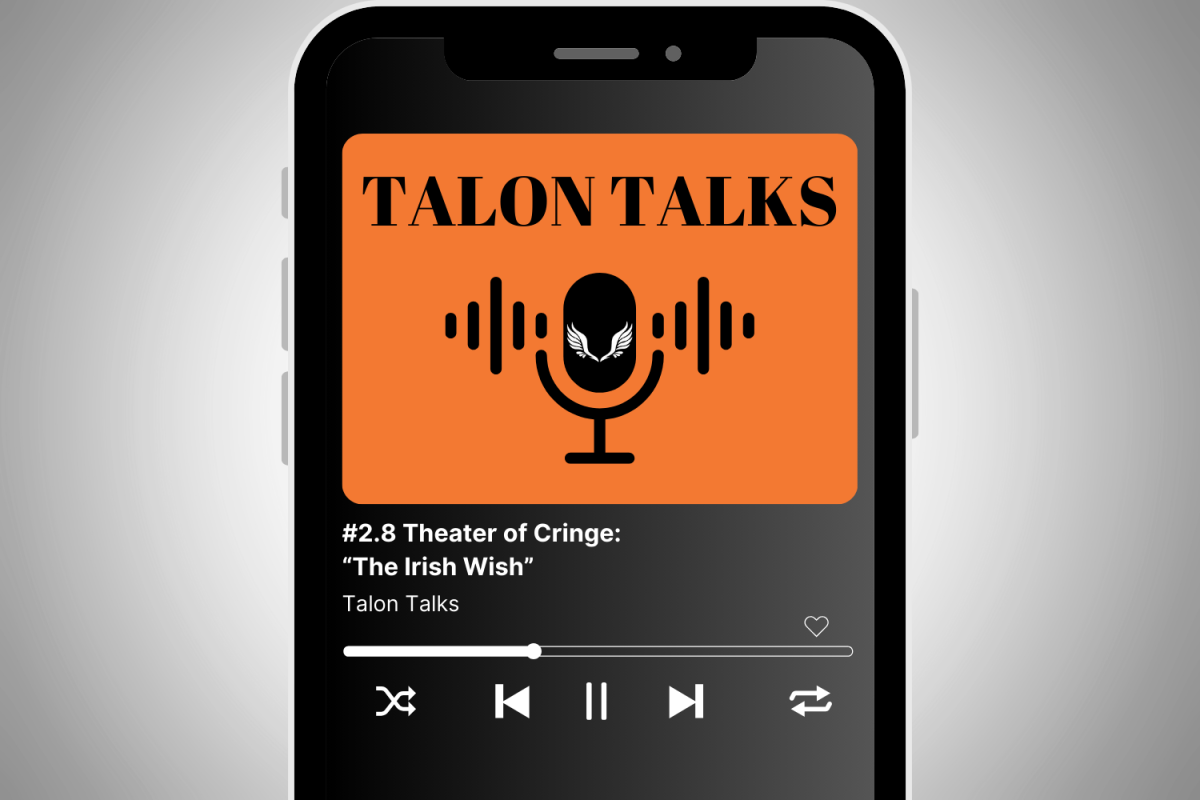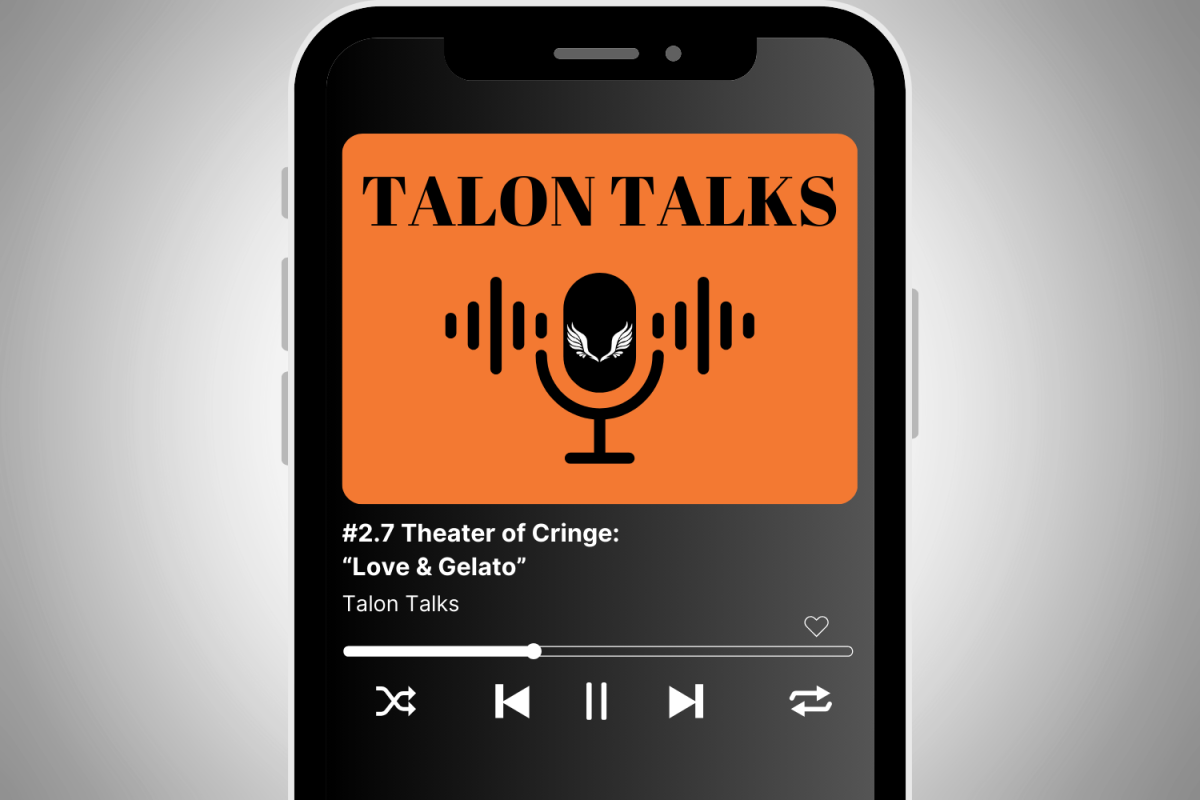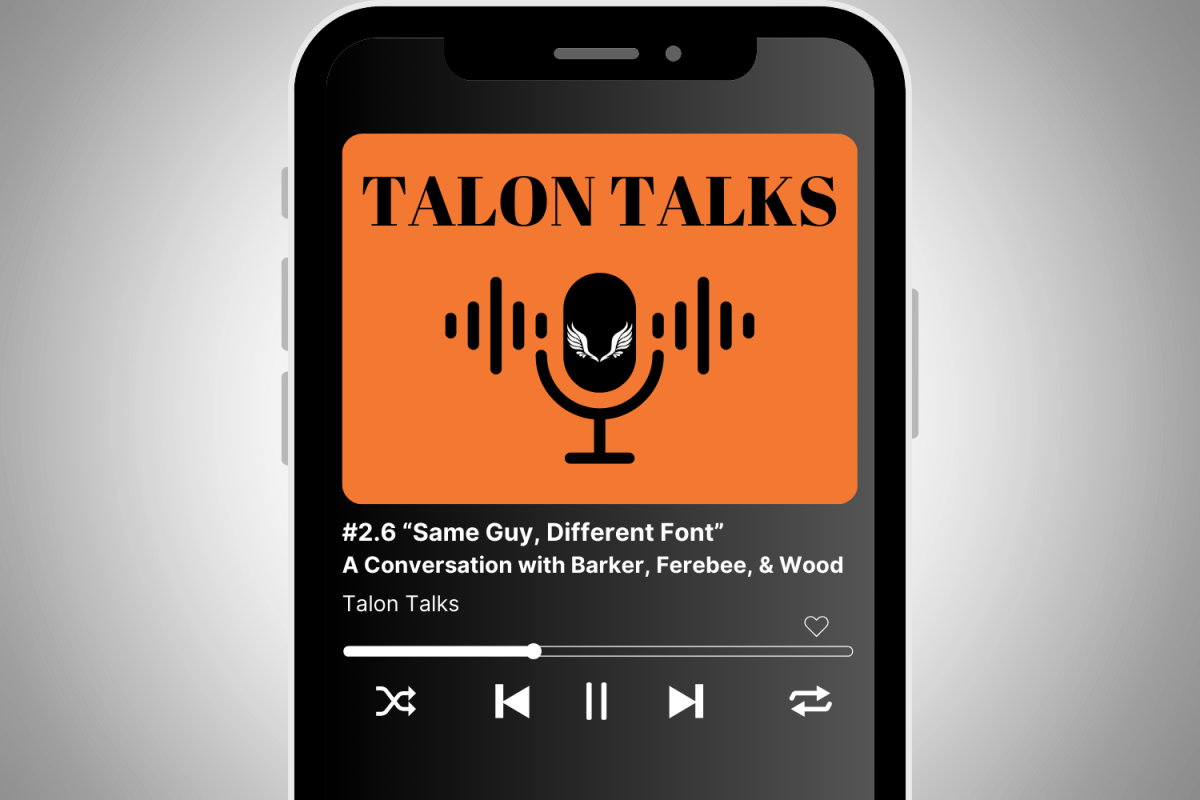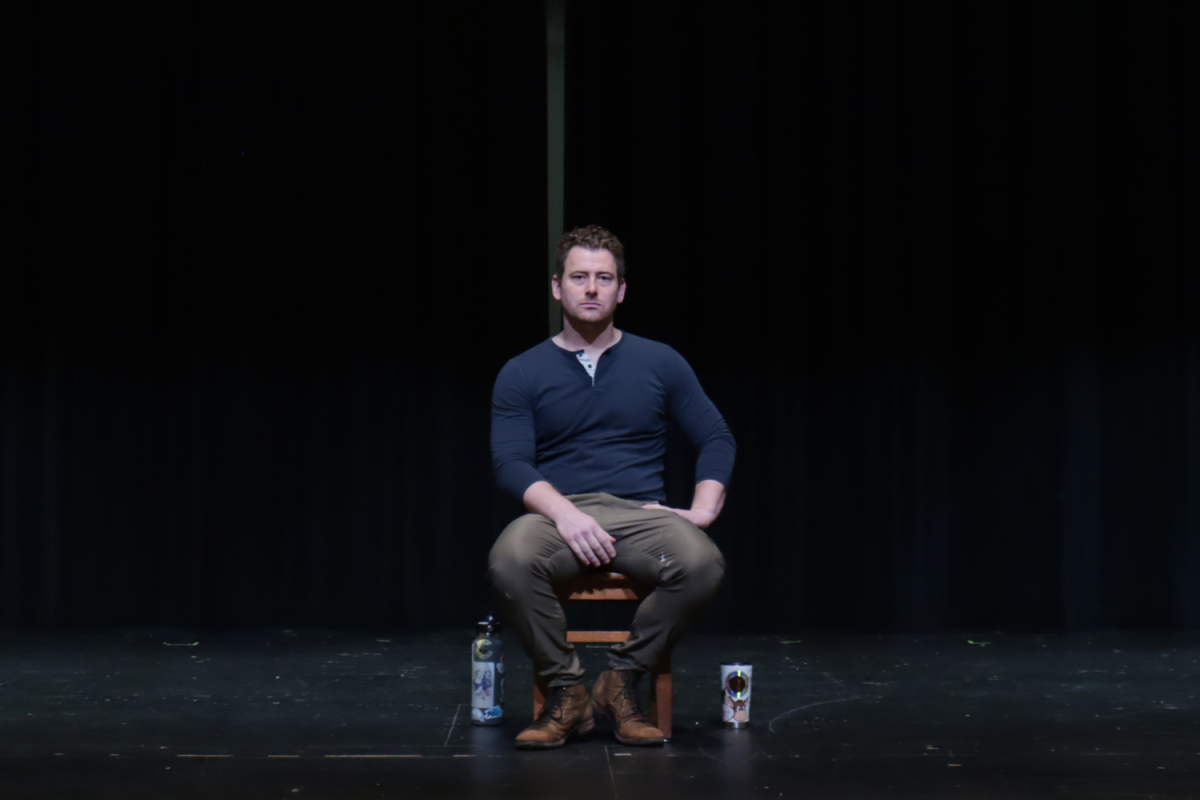Prime Video never seems to disappoint with its catalogue of quirky animated TV shows, and “Invincible” is no exception. Showrunners Robert Kirkman and Simon Racioppa have impressively adapted the Invincible comics to create a thrilling third season of their award-winning—or at least award-nominated—adult animated superhero action-drama. The return of titular superhero Mark Grayson (Steven Yeun) and his pantheonic lineup of the Guardians of Amazon’s Annual Revenue came much faster this time around: the gap between seasons 1 and 2 was twice as long as the one between seasons 2 and 3. Despite the quick turnaround, the third season of “Invincible” is an undeniably enjoyable watch.
The Paradox of Heroism
The third season of Invincible kicks off strong with the titular superhero’s training arc after a world-altering battle. Invincible’s desire for strength to protect those he loves is admirable, but as the season progresses, the morality of his heroism is called into question. Oliver Grayson (Christian Convery), Mark’s superpowered younger brother, epitomizes the age-old paradox of heroism in Invincible #52.
“How many times have you fought those guys now? How many people have they killed since the first time they fought you? What you do is illogical. The only logical thing to do is to stop these guys—permanently. That’s what makes sense to me.”
Is it morally wrong to kill if that action saves the lives of others? Is it morally wrong to withhold from killing when letting someone live will inevitably result in the deaths of others?
Mark grapples with these dilemmas in different ways throughout the season. His initially precautionary approach—“We don’t kill in this family”—gives way to overt protectionism supposedly fueled by love. While some of Mark’s actions directly protect his loved ones, they also draw concerning parallels between the superhero and his father, Omni-Man (J.K. Simmons).
What’s most impressive about this deep, thematic exploration isn’t the content: it’s how seamlessly it is woven into the overall narrative. No moral philosophy professors are instructing the class of viewers on philosophical standpoints. On the contrary, Kirkman and Racioppa employ active juxtaposition in a narrative that can naturally shift from an epic fight scene to some of the main characters bowling to some of Oliver’s thought-provoking comments.
The Thrill of the Fights
Anyone who has watched “Invincible” can tell you how quickly an episode can do a complete 180. While it’s true that the showrunners have certainly set an example for characterization and an exploration of more intimate, timely topics, what really keeps viewers glued to the screen are the action-packed, blood-pumping fight sequences. Season 3 does not disappoint when it comes to delivering jaw-dropping, high-stakes battles that leave you on the edge of your seat.
Episode 8’s battle, featuring Mark and Conquest, a powerful agent of the Viltrum Empire (Jeffrey Dean Morgan), was perhaps the dramatic highlight of the season. Fight scenes in “Invincible” are often more than just punches and kicks. They reflect immense emotion, chaos, and provide narrative stakes that other series simply cannot offer. The use of graphic imagery in many of these fights isn’t carelessly employed to meet the shock factor. Instead, it raises the stakes and contrasts innocence and brutality in an unforgiving universe, especially given this season’s introduction of Oliver Grayson.
Was The Animation Subpar?
Critics are quick to point out the third season’s supposedly subpar animation, but they do so without regard for just how quick the turnaround from Season 2 to Season 3 was. From a viewer’s standpoint, a poorly rendered flight animation might be a slight concern… on their fiftieth watchthrough.
If “Invincible” fans want a show that releases new seasons regularly, they can’t expect perfect animation. There’s a reason animated shows and movies take so long: animation is not an easy process. According to Austin Visuals, a Texas-based animation studio, a 30- to 60-second animated clip can take 4 to 6 weeks to complete.
I didn’t notice any issues with the animation of “Invincible” on my first watchthrough—and yes, I was wearing my glasses. Fans need to acknowledge that, in many cases, increased waiting periods and animation quality are mutually exclusive. Pick one, and don’t complain.
A Great Cast
There are very few bland characters in “Invincible.” Even those who don’t contribute heavily to the action make their mark in other ways. William Clockwell (Andrew Rannells), Mark’s best friend, is a fan-favorite who offers Mark meaningful advice that impacts the plot’s trajectory while also serving as a comic relief character.
Atom Eve (Gillian Jacobs), a superhero with the ability to modify matter at the molecular level and Mark’s romantic interest, goes through a subplot in which she reconnects with her estranged parents (Fred Tatasciore and Grey Griffin). The showrunners avoided the classic episodic television pitfall of petty, borderline-misogynistic drama between two love interests, opting to peacefully resolve Mark and Amber Bennett’s (Zazie Beetz) breakup.
Debbie Grayson (Sandra Oh) is Mark’s mom and one of the show’s emotional anchors. Though she doesn’t have superpowers, Debbie displays unimaginable emotional strength following her husband’s betrayal and her two sons’ increasingly dangerous lives. It’s hard not to sympathize with a walking symbol of quiet endurance.
This season’s villains are next-level. Angstrom Levy (Sterling K. Brown) makes his stunning return in this season’s greatest episode: Episode 7, “What Have I Done?” His initially tragic portrayal made Season 2 viewers feel for him—until they didn’t. Angstrom’s return is marked by theatrical devastation and one of the most interesting plots in modern superhero media, the Invincible War arc.
The aforementioned Conquest, a brutal Viltrumite war veteran, steps in right when things couldn’t get any worse for our not-so-invincible Mark Grayson. His arrival is a seismic shift in the story’s power dynamics. An embodiment of the cold, calculated violence the Viltrum Empire is known for, Conquest also has a wild streak: a bloodlust that’s perfect to end a season on. Episode 8 is less of a battle and more of a beatdown—one that leaves both Mark and viewers reeling.
Another standout villain was Powerplex (Aaron Paul). A former engineer turned vengeful vigilante, Powerplex blames Mark for the collateral damage that killed his family and channels his grief into electrical fury. Despite failing to rival Angstrom Levy or Conquest, Powerplex’s tragic and almost relatable backstory only perpetuates the message that heroism isn’t absolute.
Final Rating
The third season of “Invincible” carefully weaves theatrical action sequences into a narrative that also contains low-stakes, high-value interludes, plot development straight out of a “James Bond” movie, and invaluable questions of morality that leave all viewers pondering. The animation is impressive, especially for the time animators were given.
Invincible? No. Unforgettable? Absolutely.
Final Rating: 5/5



